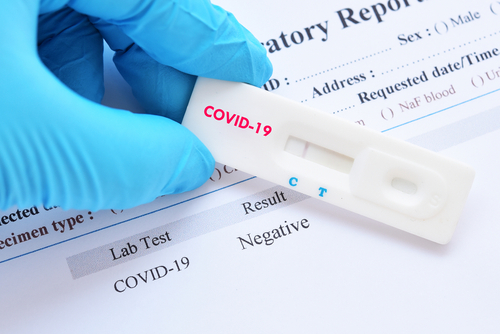
National Institute of Standards and Technology (NIST) researchers maintain they have developed a means of increasing primary SARS-CoV-2 virus testing sensitivity to help identify those who are asymptomatic.
Findings published in Analytical and Bioanalytical Chemistry outlined a mathematical technique for perceiving faint signals in diagnostic test data indicating the presence of the virus. The signals can escape detection when the number of viral particles found in a patient’s nasal swab test sample is low. The team’s method helps a modest signal stand out more clearly.
“Applying our technique could make the swab test up to 10 times more sensitive,” Paul Patrone, a NIST physicist and a co-author on the team’s paper, said. “It could potentially spot more people who are carrying the virus but whose viral count is too low for the current test to give a positive result.”
Researchers learned the shape of a positive test graph — a flat, noisy beginning followed by a spike — is found even in data that currently does not trigger a positive test result.
The research paper offers a formal proof that the shapes are mathematically similar to triangles with the same angles and proportions despite being larger or smaller than one another. The theoretical evidence is applied in a routine a computer can use to recognize the data’s reference shape.
“Our work is a potentially easy fix because it’s an advance in the data analysis,” Patrone said. “It can easily be incorporated into the protocol of any lab or testing instrument, so it could have an immediate impact on the trajectory of the health crisis.”




